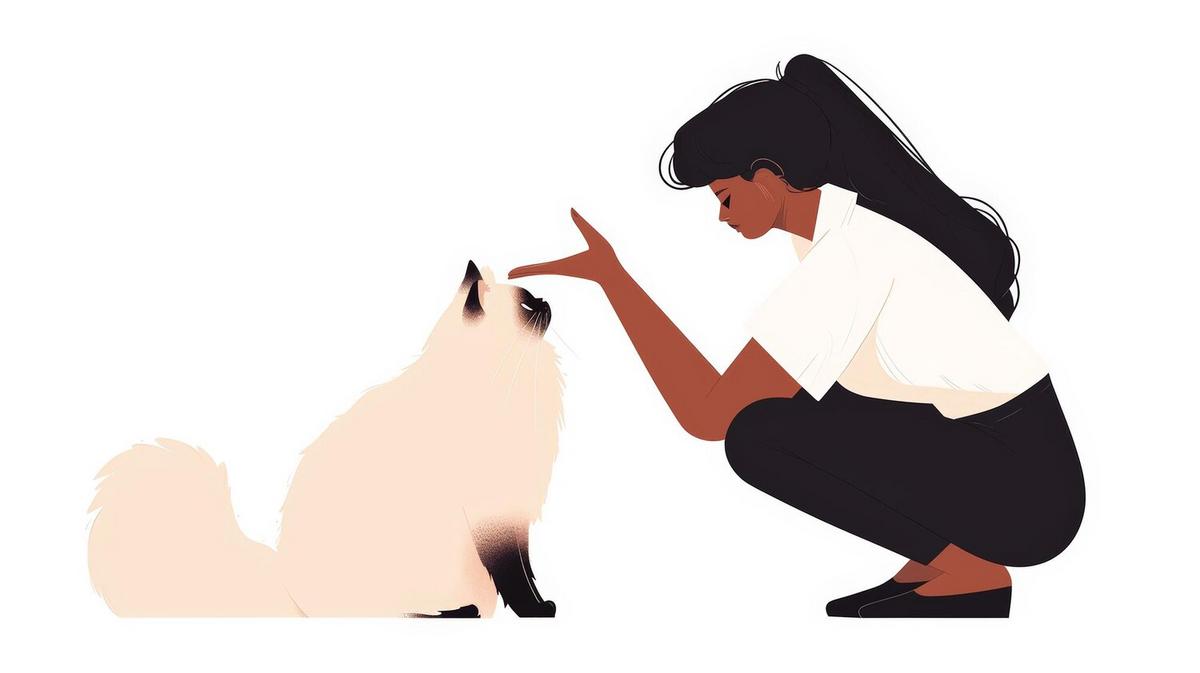
Decoding Your Pet’s Body Language: What Are They Really Saying?
Understanding what your pet is communicating through their body language can enhance your bond and help you respond to their needs more effectively. Our furry companions express themselves in ways that might seem mysterious, but by decoding their signals, we can gain deeper insights into their world.
Interpreting your pet’s body language involves more than just observing their wagging tails or twitching whiskers. It’s about understanding the subtle signals that reveal their emotions and intentions. Animals communicate primarily through non-verbal cues, making body language a vital aspect of their communication toolkit.
Understanding the Basics of Pet Body Language
Pets, whether cats, dogs, or other animals, use a combination of postures, facial expressions, and vocalizations to convey their feelings. For instance, a dog with relaxed ears and a wagging tail typically indicates happiness, while a cat’s flicking tail might suggest irritation.
Dr. Susan Friedman, a renowned animal behaviorist, emphasizes, “Each animal is unique, and their body language should be interpreted in the context of their individual personality and environment.”
Common Pet Body Language Signals
| Signal | Interpretation |
|---|---|
| Wagging Tail | Usually indicates excitement or happiness in dogs. |
| Flattened Ears | Can suggest fear or aggression. |
| Purring | Often a sign of contentment in cats, but can also occur when they are stressed. |
| Raised Hackles | A sign of arousal or aggression in dogs. |
| Rolling Over | Typically a sign of trust, but can also be a defensive behavior. |
| Slow Blinking | In cats, this is a sign of affection or trust. |
| Yawning | Not just tiredness; can be a calming signal in dogs. |
| Arching Back | In cats, this can indicate readiness to play or a defensive posture. |
Research Insights
A study conducted by the University of Lincoln found that dogs use at least 19 different signals to communicate with humans, which underscores the complexity of their communication methods. Understanding these signals can help pet owners respond more appropriately to their pets’ needs.
Personal Experiences
Consider the story of Emily, a pet owner who noticed her dog’s subtle change in posture whenever a storm was approaching. By observing her dog’s body language, she learned to provide comfort before the storm hit, reducing her pet’s anxiety.
Actionable Tips for Pet Owners
- Spend time observing your pet in various situations to learn their unique signals.
- Consider the context in which a particular behavior occurs.
- Consult with a professional if you’re unsure about a particular behavior.
When training your pet, use positive reinforcement to encourage communication through body language. This builds trust and strengthens your bond.
Additional Resources
For those interested in exploring more about pet behavior, websites like ASPCA and The Humane Society offer extensive information on understanding and training pets.
Frequently Asked Questions
How can I tell if my pet is stressed?
Look for signs such as excessive panting, whining, or hiding. Each pet may show stress differently, so it’s important to know your pet’s typical behavior.
Why does my cat purr when I’m not petting them?
Cats purr for various reasons, including relaxation, self-soothing, or even when they’re in discomfort. Context is key in understanding this behavior.
Conclusion
In summary, decoding your pet’s body language is a rewarding journey that enhances the human-animal bond. By observing and interpreting their signals, you can ensure a happier and more harmonious relationship. Take the time to learn what your pet is really saying and respond with empathy and understanding.


